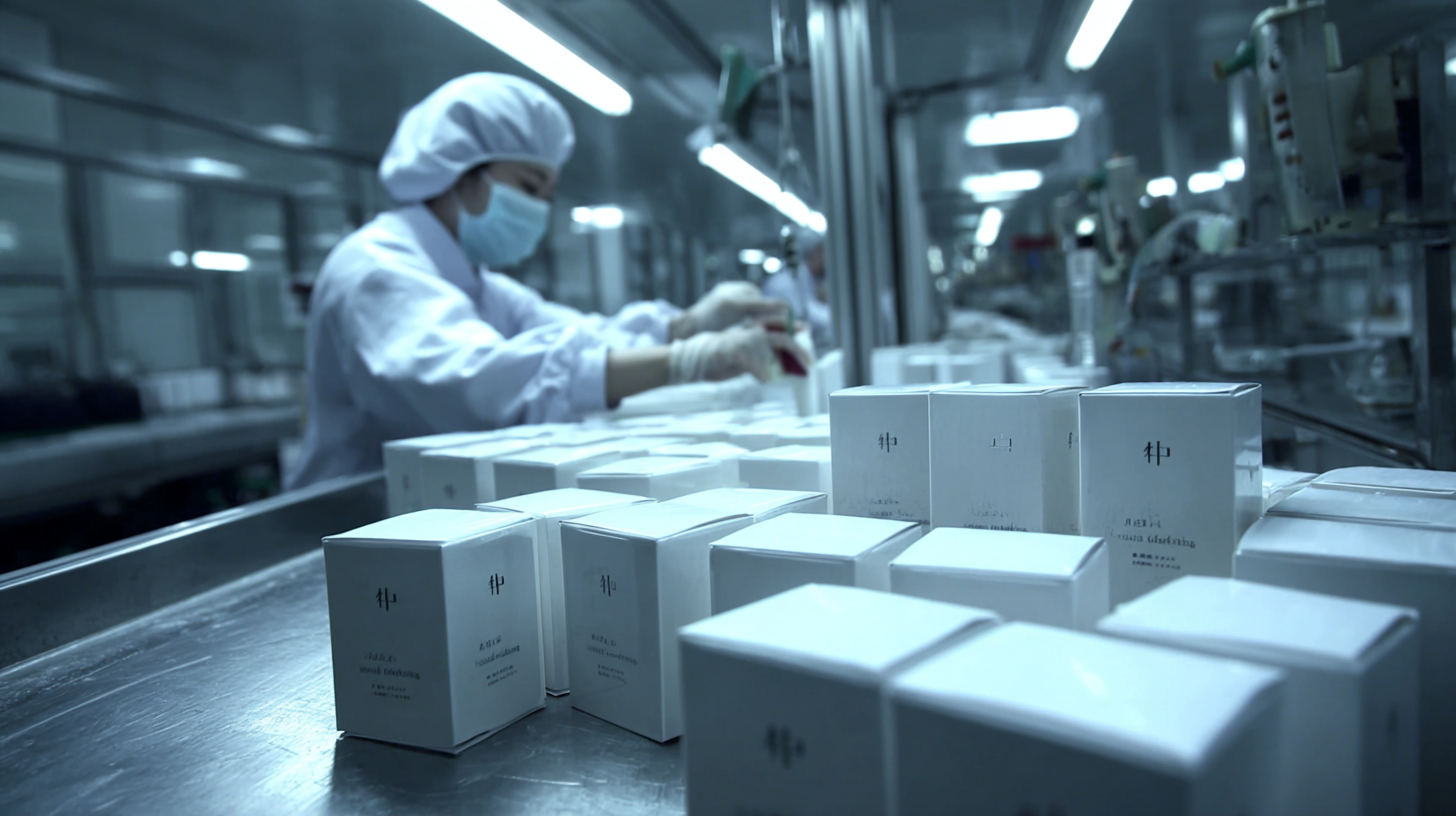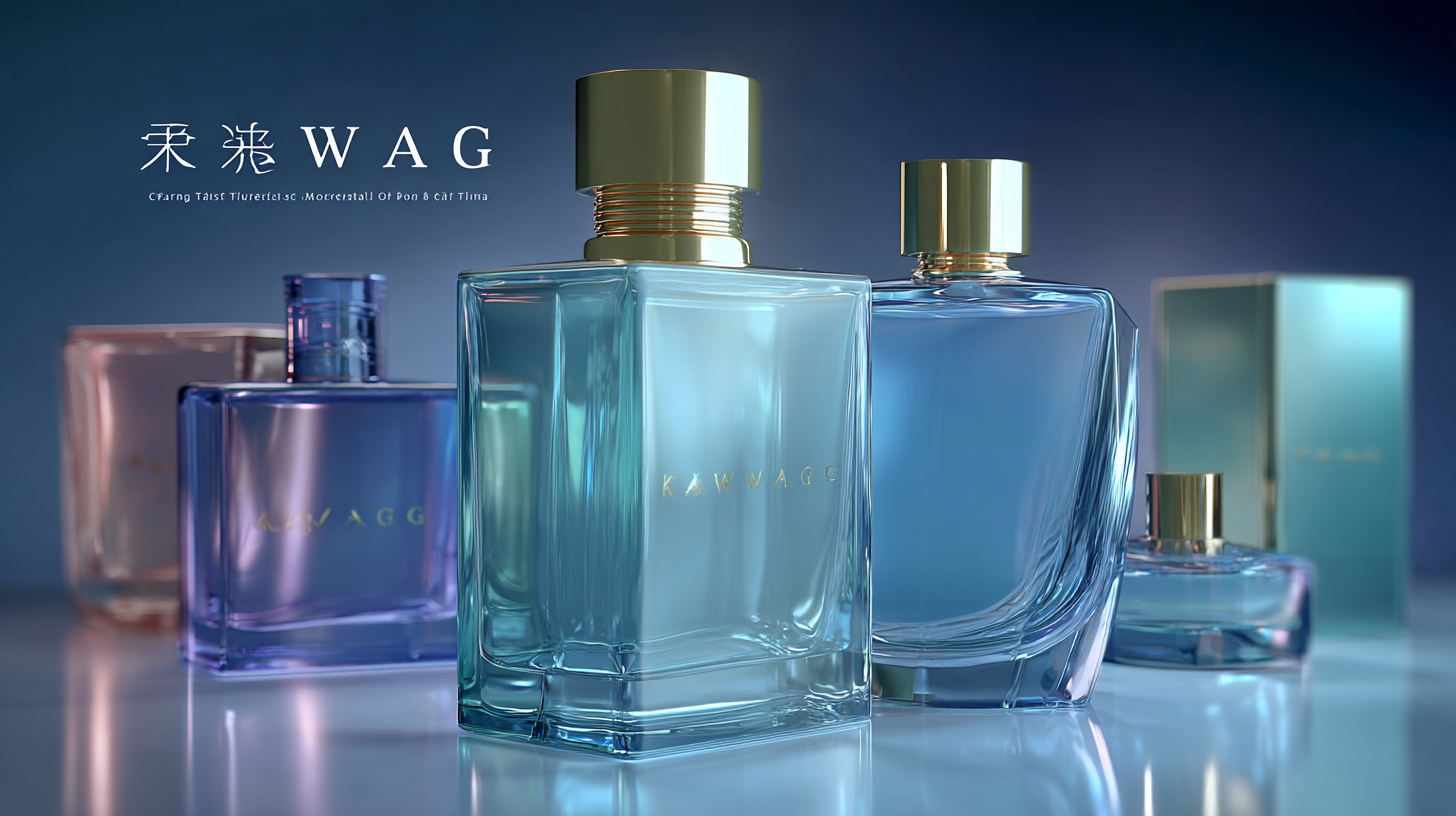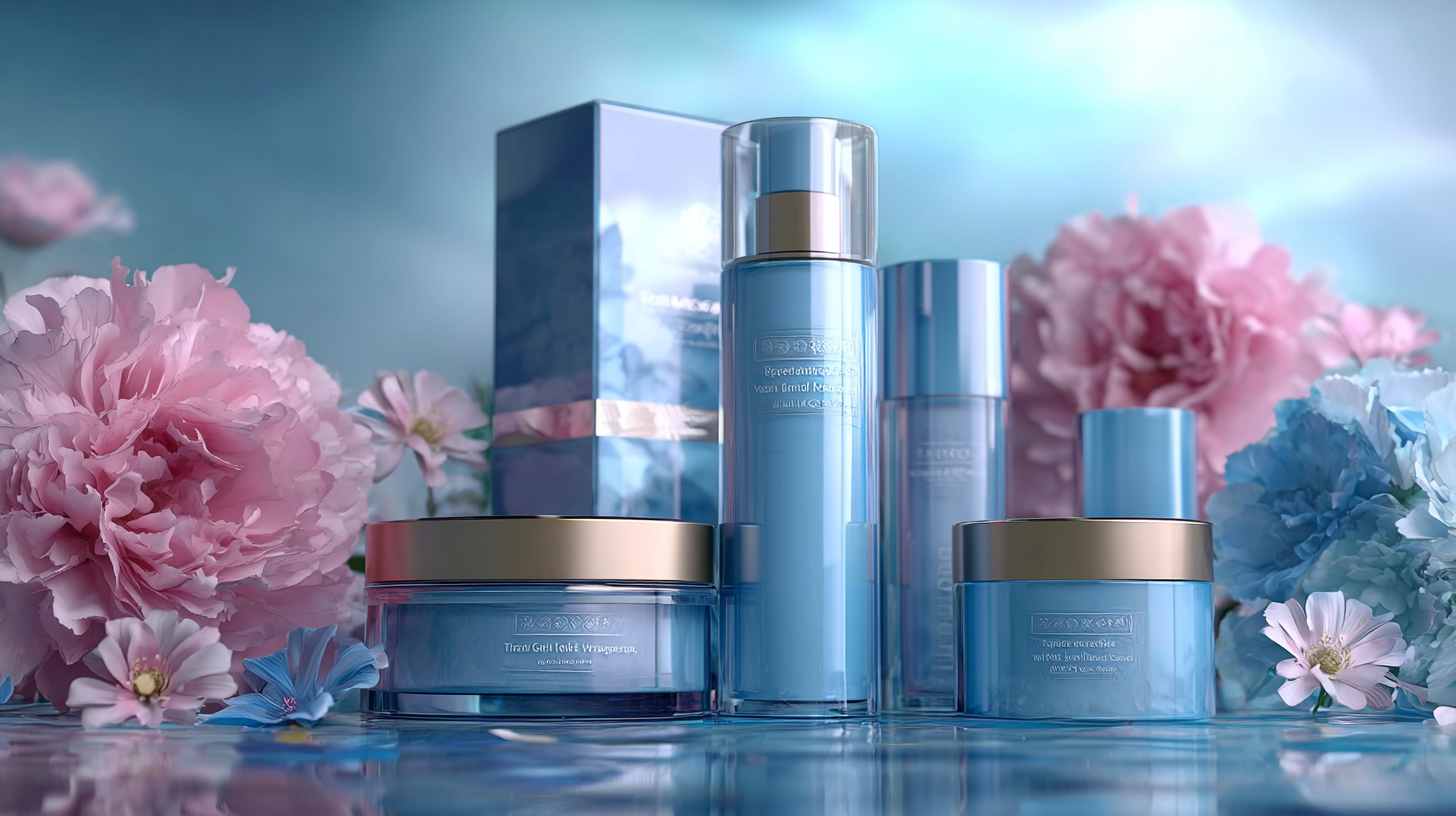Crafting Global Trust through Best Cosmetic Packaging Made in China
In the rapidly evolving cosmetic industry, the significance of effective packaging cannot be overstated. According to a recent market research report by Grand View Research, the global cosmetic packaging market was valued at approximately USD 24.5 billion in 2020 and is expected to expand at a compound annual growth rate (CAGR) of 4.5% from 2021 to 2028. This growth trajectory highlights the increasing demand for innovative and sustainable solutions, positioning cosmetic packaging as a pivotal component in brand differentiation and consumer engagement.

Made in China, where quality manufacturing meets cutting-edge design, cosmetic packaging from this region not only complies with international standards but also fosters global trust. With capabilities that encompass both functionality and aesthetics, Chinese manufacturers are becoming indispensable partners for brands looking to enhance their market presence and consumer appeal across the globe.
Enhancing Global Trust with Quality Cosmetic Packaging Solutions
In today's competitive beauty industry, the significance of quality cosmetic packaging cannot be overstated. Research indicates that around 72% of consumers say packaging design influences their purchasing decisions, emphasizing the need for brands to invest in aesthetic and functional packaging solutions. Made in China, innovative packaging designs are not only cost-effective but also versatile, enabling brands to establish global trust among consumers. With China being the largest cosmetic market globally, estimated to reach a market size of 230 billion USD by 2025, manufacturers are continuously improving their processes to meet international standards.
Tip: When selecting cosmetic packaging, focus on eco-friendly materials. Brands that utilize sustainable packaging are increasingly preferred by consumers, with studies showing that nearly 65% of shoppers prioritize eco-conscious products. Offering recyclable or biodegradable options can enhance brand trust and appeal to environmentally aware consumers.
It's essential to ensure that packaging not only attracts attention but also safeguards product integrity. Research highlights that around 40% of beauty products fail to maintain quality due to inadequate packaging. Incorporating features such as airtight seals or UV-protective materials can significantly improve product longevity, creating a trustworthy experience for users and fostering repeat purchases.

The Competitive Edge of After-Sales Services in Cosmetic Packaging
In the competitive landscape of cosmetic packaging, after-sales services play a critical role in establishing a brand's reputation and maintaining customer loyalty. According to a recent report by Grand View Research, the global market for cosmetic packaging is projected to reach $41.5 billion by 2025, signaling a growing emphasis on innovative solutions that not only focus on aesthetics but also on service excellence. Brands that invest in robust after-sales support can differentiate themselves in a crowded market, ensuring that customers feel valued and supported long after the purchase.
Furthermore, a survey conducted by Packaging Innovations revealed that 72% of consumers consider after-sales service as a key factor in their loyalty to a brand. High-quality after-sales services can include personalized follow-ups, easy return policies, and dedicated customer service teams. In China, where the cosmetic industry is booming, companies are leveraging advanced technology and customer feedback to enhance their service offerings. By doing so, they not only build trust but also foster long-term relationships with their customers, ultimately driving repeat purchases and referrals in a fast-paced market.
Crafting Global Trust through Best Cosmetic Packaging Made in China
Understanding Repair Costs: A Key Factor in Cosmetic Brand Loyalty
In the ever-evolving cosmetics industry, brand loyalty is often rooted in more than just the quality of the products. Understanding repair costs can play a significant role in shaping consumer trust and extended brand relationships. When customers encounter a product that is damaged due to defective packaging, the subsequent costs associated with repair or replacement are crucial factors that can either strengthen or weaken their loyalty. Brands that proactively address these potential issues showcase their commitment to customer satisfaction, paving the way for a deeper emotional connection.

Manufacturers in China are increasingly recognizing the importance of high-quality cosmetic packaging as a means to craft global trust. By investing in durable and aesthetically pleasing designs, brands not only protect their products but also reduce the likelihood of incurring repair costs. This strategy reflects an understanding that consumers value brands that prioritize product longevity and reliability. As a result, cosmetic companies that align their packaging strategies with the expectations of their customers can enhance brand loyalty and encourage repeat purchases, ultimately leading to sustained growth in a competitive marketplace.
Sustainable Practices: Boosting Trust through Eco-Friendly Packaging
In recent years, the demand for eco-friendly packaging has surged, driven by heightened consumer awareness and a global push towards sustainability. According to a report from Smithers Pira, the global market for sustainable packaging is projected to reach $500 billion by 2024. This trend amplifies the importance of incorporating sustainable practices into cosmetic packaging, especially as brands seek to build trust with environmentally-conscious consumers. By adopting sustainable packaging solutions, companies not only improve their brand image but also contribute to a circular economy.
Implementing eco-friendly packaging can come in various forms, such as using biodegradable materials, reducing plastic usage, or opting for recyclable components. For cosmetic brands, every small change can make a significant impact. For example, switching to plant-based materials can help reduce carbon emissions by up to 50%, as highlighted in a recent study by the World Economic Forum. As consumers increasingly favor products that reflect their values, brands focused on sustainable practices can differentiate themselves in a crowded marketplace.
Tips for brands looking to enhance their eco-friendly packaging: first, consider sourcing materials from certified suppliers to guarantee sustainability claims. Secondly, engage with your consumers through transparent communication about sustainability efforts, highlighting the environmental benefits of your packaging choices. Lastly, explore innovative designs that minimize waste while maintaining aesthetic appeal, as attractive packaging will still capture consumer interest even when prioritizing sustainability.
Navigating Regulatory Compliance for International Cosmetic Packaging Standards
As the global cosmetic industry evolves, navigating regulatory compliance has become increasingly complex, particularly with the introduction of new standards such as the Modernization of Cosmetics Regulation Act (MoCRA) in the United States. This significant shift necessitates that cosmetic packaging manufacturers in China and around the globe stay abreast of both domestic and international regulations. With growing scrutiny over ingredients and packaging materials, particularly concerning environmental impacts and safety, brands must ensure that their packaging meets stringent compliance requirements without sacrificing innovation.
Emerging challenges, such as the regulation of PFAS, have heightened the need for manufacturers to understand and adapt to shifting regulatory landscapes. Cosmetic brands must manage extensive inventories and ensure product integrity while adhering to compliance requirements that may vary from one market to another. The continued advancements in regulations also call for manufacturers to invest in knowledge and resources that facilitate understanding of these evolving requirements, thereby fostering global trust in their products and practices. By prioritizing compliance with international standards, brands can position themselves as leaders in the competitive cosmetic market, appealing to a more conscientious consumer base.
Crafting Global Trust through Best Cosmetic Packaging Made in China - Navigating Regulatory Compliance for International Cosmetic Packaging Standards
| Standard | Region | Key Requirements | Compliance Date | Certification Authority |
|---|---|---|---|---|
| ISO 22716 | Worldwide | Good Manufacturing Practices (GMP) for cosmetics | Ongoing | ISO |
| EU Cosmetics Regulation (EC) No 1223/2009 | European Union | Safety assessment, labeling requirements, and product information file | Ongoing | European Commission |
| FDA Regulations (21 CFR 740) | United States | Ingredient safety, labeling, and safety testing | Ongoing | FDA |
| China Cosmetic Supervision and Administration Regulation | China | Pre-market registration, safety assessments, and production standards | Ongoing | NMPA |
| ASTM D6400 | United States | Biodegradable packaging standards | Ongoing | ASTM International |
CONTACT US
|
